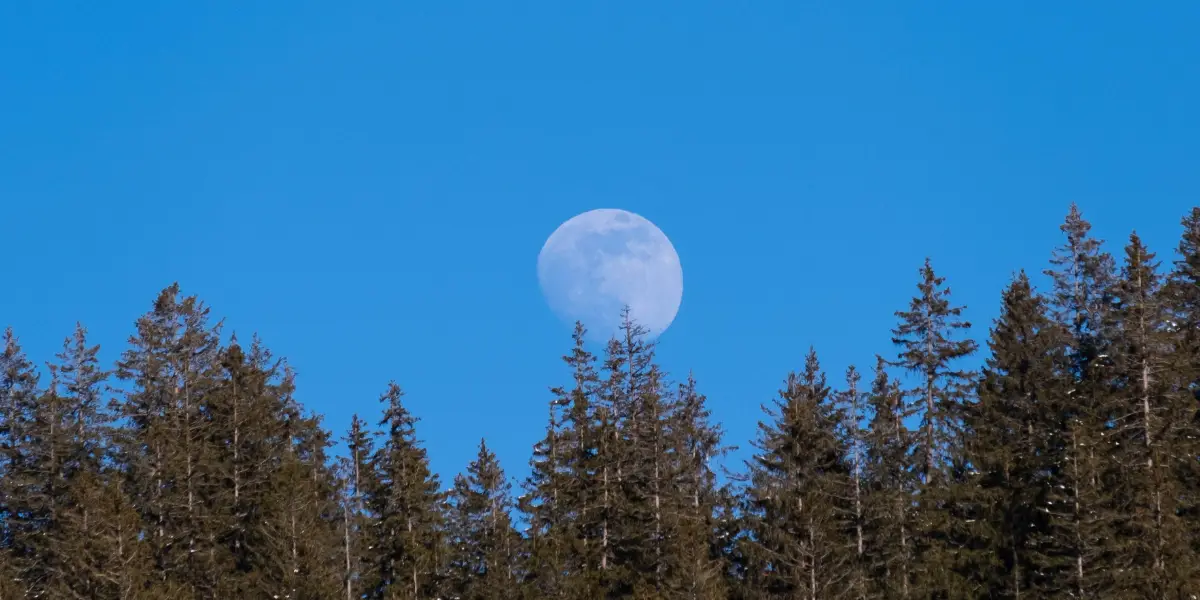People are only just finding out why we can sometimes see the Moon during the day – and it turns out some of us are under a big misconception.
At nighttime, you wouldn’t bat an eye if you saw the Moon up in the sky but in the daytime, it might make you double-glance.
Recently, someone took to X (formerly known as Twitter) and shared a snap of the celestial object during the day.
“This full Moon is out in the middle of the day. That’s not supposed to happen,” they captioned the post.
This full moon is out in the middle of the day.
That’s not supposed to happen. pic.twitter.com/VpVxQqxXYz
— Stew Peters (@realstewpeters) November 29, 2023
The image has since gone viral and many people have taken to the comments and said that it’s not the rare phenomenon you may think it is.
However, it does beg the question of why can we sometimes the Moon during the daytime and other times we can’t.
Well, planetary geologist and NASA scientist Sarah Noble has taken to YouTube and explained that there’s a misunderstanding about only seeing the Moon at night, which is mainly down to movies and books.
“Even the weatherman uses the Sun as a symbol for day and the Moon for night,” the expert says in the video.
Related Article: The Moon Is Drifting Away From Earth And It’s Having A Major Impact On Time
Related Article: Scientists Just Found A Planet That Should Not Exist
Noble goes on to explain that the Moon spends ‘almost as much as time in the daytime sky as the night’ and that to see it simply depends on its positioning in the sky.
It depends on its phase and how it is orbiting around Earth – how clear the sky is also plays a factor.
“During a full Moon, the Moon is opposite the Sun in the sky. That’s why we can see the full face of the Moon reflecting sunlight,” Noble elaborates.
However, as the Earth rotates, the Moon only rises ‘just as the Sun sets’ on ‘one day of the month’.
“In the days before a full Moon, if you look in the eastern sky, you can find the almost full Moon rising before the sun sets,” Noble continues.
“And the days after a full Moon, you can look in the western sky and find the Moon setting after the Sun has come up.”

If you do want to catch a glimpse of the celestial object during the day, you only have a small time frame – so you will have to be quick.
Noble shares that she’s made a ‘game’ of timing her daily bike ride to try and spot it, but it sets ‘about 50 minutes later each day as it marches through its phases’.
She resolves: “So keep your eyes peeled.”
BBC Sky at Night adds to this by explaining that the Moon is above the horizon for about 12 hours a day.
However, its appearance may not always coincide with daylight hours, so for any chance of observing, there is roughly only a small 6-hour timeframe.
If you do want to see the Moon during the daytime, it’s advised that you are cautious when doing so as it can damage your eyesight.
It’s suggested you make sure the Sun is hidden behind a large object or building so you don’t catch it through your telescope or binoculars.
Do you have a story for us? If so, email us at [email protected]. All contact will be treated in confidence.






